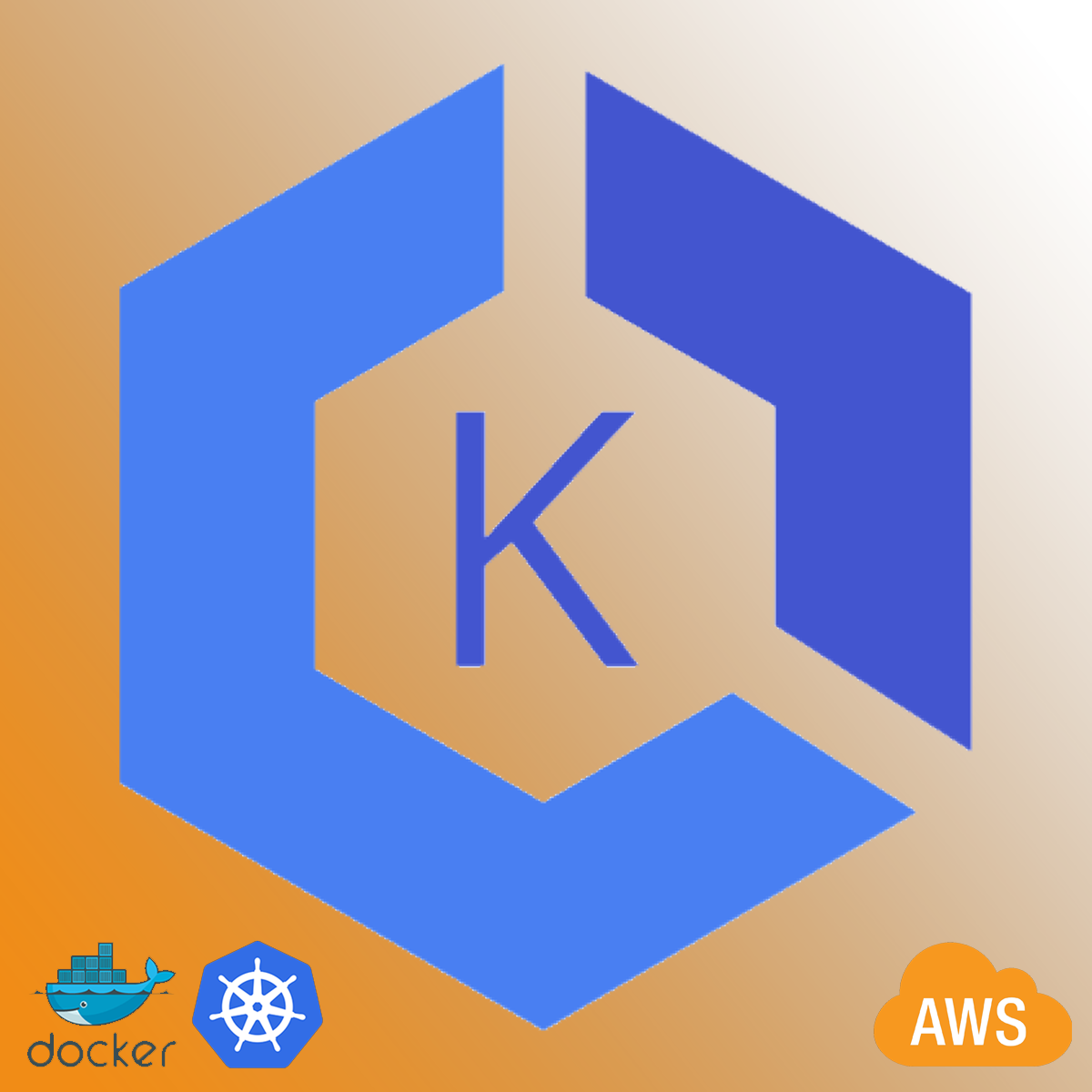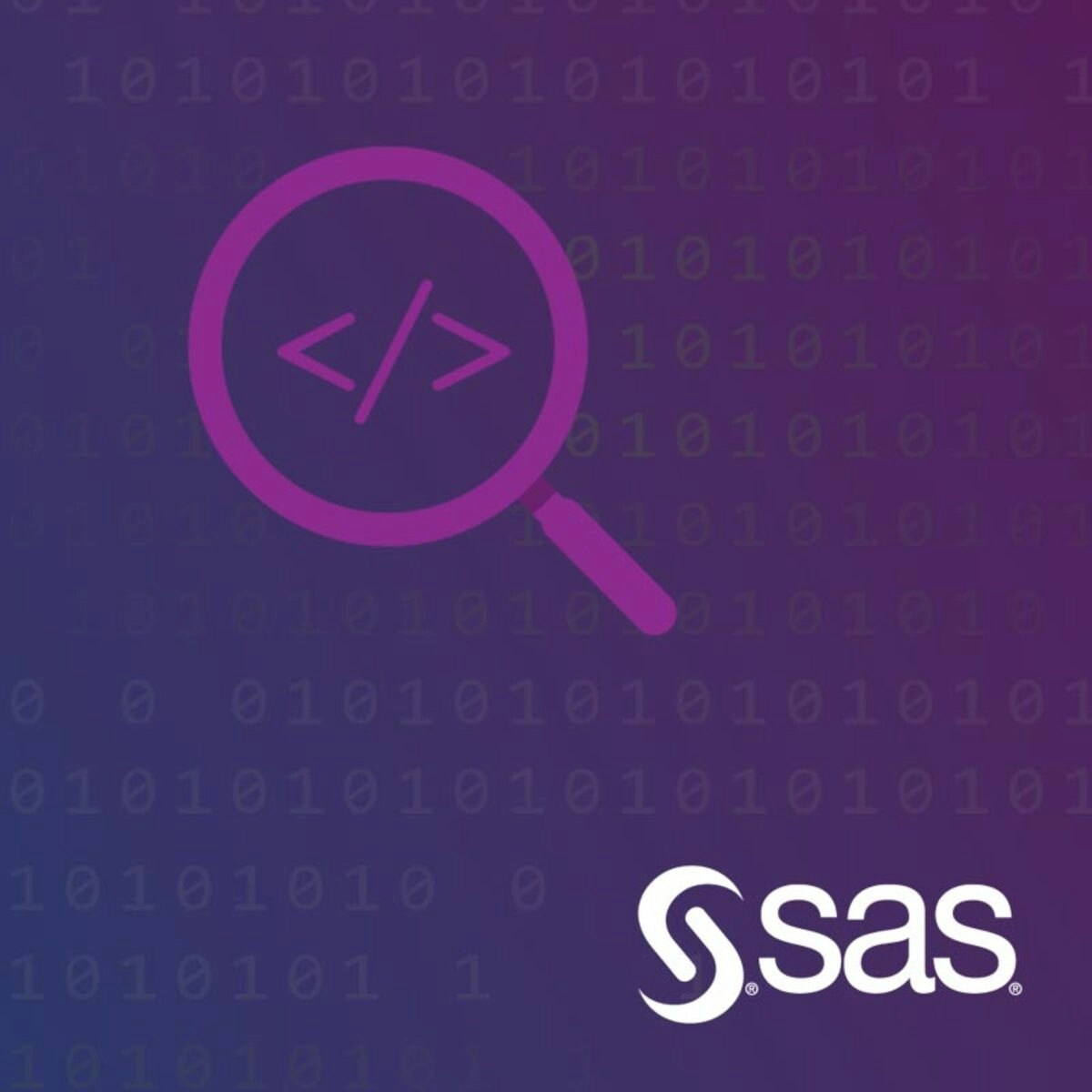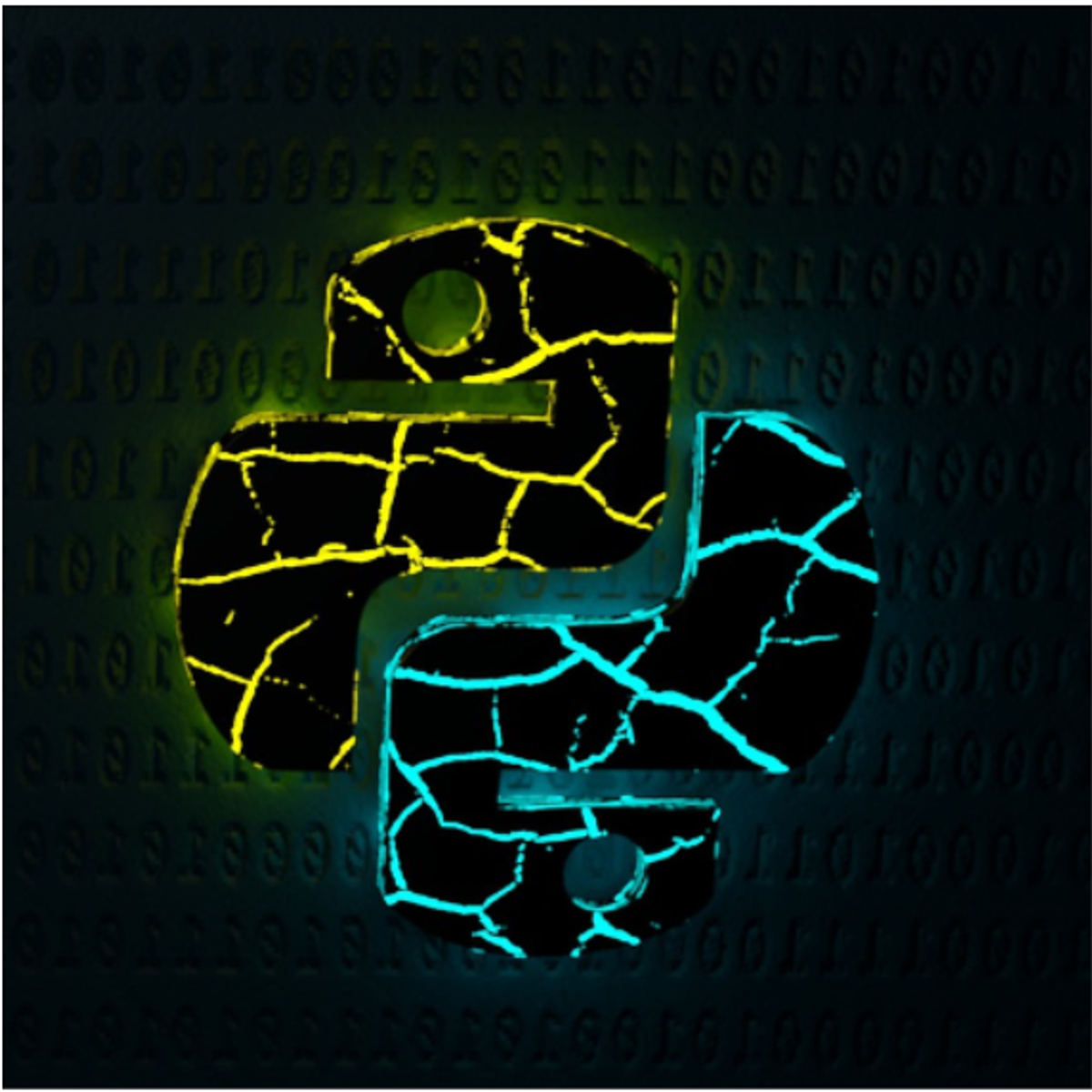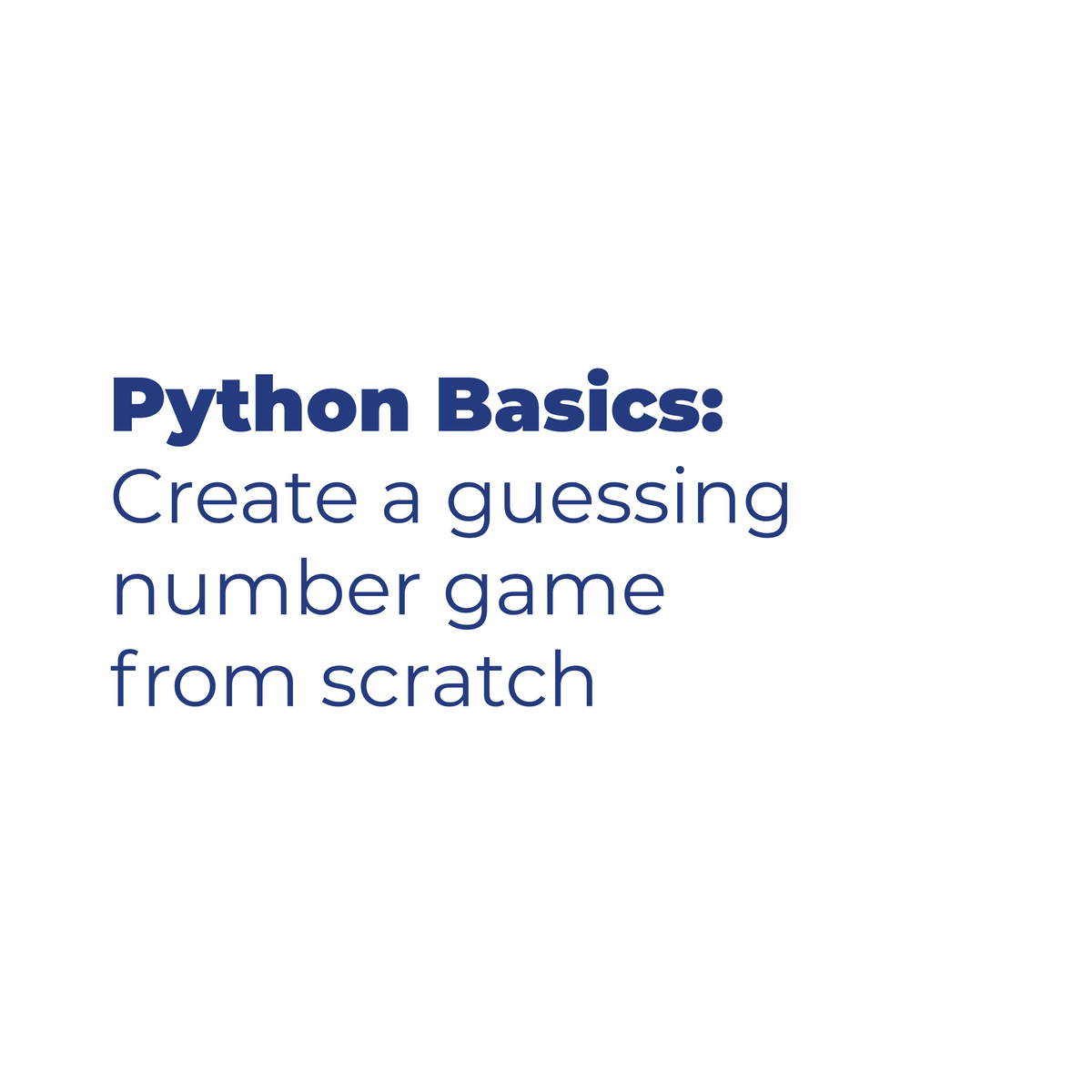Back to Courses









Software Development Courses - Page 92
Showing results 911-920 of 1266

Deploy a Web Application in AWS Elastic Kubernetes Service
In this one-hour project, you will learn how to use the Amazon Web Services Platform and its Kubernetes Service to deploy a Web Application in a high availability environment, using the power of containers and Kubernetes in a real-world use case.
Once you're done with this project, you will be able to clone a project, create a docker container image and deploy this container like a Kubernetes POD using the Elastic Kubernetes Services with just a few steps.

Diabetes Disease Detection with XG-Boost and Neural Networks
In this project-based course, we will build, train and test a machine learning model to detect diabetes with XG-boost and Artificial Neural Networks. The objective of this project is to predict whether a patient has diabetes or not based on their given features and diagnostic measurements such as number of pregnancies, insulin levels, Body mass index, age and blood pressure.
SAS Macro Language
In this course, you learn advanced techniques within the DATA step and procedures to manipulate data.
Course Learning Objectives: (3+ per course)
“By the end of this course, a learner will be able to…”
● Perform text substitution in SAS code.
● Use macro variables and macro functions.
● Automate and customize the production of SAS code.
● Conditionally or iteratively construct SAS code.
● Write self-modifying, data-driven programs.

Digital Product Management: Modern Fundamentals
Not so long ago, the job of product manager was about assessing market data, creating requirements, and managing the hand-off to sales/marketing. Maybe you’d talk to a customer somewhere in there and they’d tell you what features they wanted. But companies that manage product that way are dying.
Being a product person today is a new game, and product managers are at the center of it. Today, particularly if your product is mostly digital, you might update it several times a day. Massive troves of data are available for making decisions and, at the same time, deep insights into customer motivation and experience are more important than ever. The job of the modern product manager is to charter a direction and create a successful working environment for all the actors involved in product success. It’s not a simple job or an easy job, but it is a meaningful job where you’ll be learning all the time.
This course will help you along your learning journey and prepare you with the skills and perspective you need to:
Create the actionable focus to successfully manage your product (week 1)
Focus your work using modern product management methods (week 2)
Manage new products and explore new product ideas (week 3)
Manage and amplify existing products (week 4)
This course is ideal for current product or general managers interested in today's modern product management methods.
Please note that there are new additions to this course and subtitles for these videos will soon be available.
This course was developed with the generous support of the Batten Institute at UVA’s Darden School of Business. The Batten Institute’s mission is to improve the world through entrepreneurship and innovation: www.batteninstitute.org.

Pattern Discovery in Data Mining
Learn the general concepts of data mining along with basic methodologies and applications. Then dive into one subfield in data mining: pattern discovery. Learn in-depth concepts, methods, and applications of pattern discovery in data mining. We will also introduce methods for data-driven phrase mining and some interesting applications of pattern discovery. This course provides you the opportunity to learn skills and content to practice and engage in scalable pattern discovery methods on massive transactional data, discuss pattern evaluation measures, and study methods for mining diverse kinds of patterns, sequential patterns, and sub-graph patterns.

Black-box and White-box Testing
After completing this course, learners will have an understanding of a variety of black-box and white-box testing techniques. The learner will have put this understanding into practice, creating effective sets of test cases (called a test suite) to properly exercise software for defect finding. The learner will have examined requirements for testability, created an oracle for automated testing, assessed fault-finding effectiveness of test suites, and generated inputs using a variety of techniques.
After completing this course, you will be able to:
- evaluate testability of requirements
- define testable units within a program specification
- apply black-box test input selection methods - specifically boundary-value analysis, fuzzing, and random selection - and select the method most-suited to achieve the given testing objective
- assess the fault-finding effectiveness of a functional test suite using mutation testing
- use category partitioning to develop automated functional tests (with Cucumber) based on a given software specification
- create an expected-value oracle from a program description to use within the generated tests
In order to do well in this course, you should have experience with an OOP language (like Java), have an IDE installed (e.g., Eclipse), and be familiar with testing terminology (see Intro to Software Testing course within this specialization). we also expect a familiarity with the Software Development Lifecycle and the context in which the testing stage sits.
This course is primarily aimed at those learners interested in any of the following roles: Software Engineer, Software Engineer in Test, Test Automation Engineer, DevOps Engineer, Software Developer, Programmer, Computer Enthusiast.

Create Jumping Mechanics with C# in Unity
In this one-hour, project-based course, you'll learn how to use Unity's Physics Engine to implement different jumping mechanics such as single- and double-jumps. You'll learn how to apply force to a GameObject, detect collisions and use the collision information to create a wall-jumping mechanic.
The guided project will introduce you with the following Unity concepts:
-Tags
-Trigger Events
-Rigidbody
-Unity's Physics Engine
Note: This course works best for learners who are based in the North America region. We’re currently working on providing the same experience in other regions.

Version Control of a Python Project using Git
Version Control Systems keep track of files by saving changes over time. For example, a developer can make changes to a file and check the file in to the system. The system will create a version for that file and any other files that were changed. If any subsequent changes are made later that prove to break the software, a previous working version of the software can be recalled. Git was developed to provide an efficient means of version control and was originally developed to track Linux Kernel development.
In this course, you will create a local Git repository using an existing directory structure containing directories and files. You will use Git commands such as add, commit, and status to commit changes to your local Git repository.
Note: This course works best for learners who are based in the North America region. We’re currently working on providing the same experience in other regions.

Python Basics: Create a Guessing Number Game from Scratch
By the end of this project, you will create a simple interactive game written in Python language. You will learn and apply basic concepts of programming like: (Data types, variables, conditional and Iterative statements) that will assist you to reach the aim of being able to code your own games and daily tasks in python.
Python language is one of the most accessible programming languages available because of Its simplified syntax that gives emphasis on natural language. It is highly used in machine learning and data science applications which are some of the biggest trends in computer science right now. It is also supported by many corporations such as Facebook and Amazon. It is specially adapted by Google making it the number one choice for many programmers and engineers.
Note: This course works best for learners who are based in the North America region. We’re currently working on providing the same experience in other regions.

Containerize a full-stack NodeJS application in Docker
In this 1-hour long project-based course on Intermediate Docker: Containerize a full-stack NodeJS application in Docker and deploy to remote server, you will get to use Docker to stitch together a real full stack NodeJS application in a multi-container architecture.
By the end of this course, you will have built a simple blog page, which is a working full-stack application using the MVC (model view controller) framework in NodeJS persisting to a MongoDB database across separate containers and living on one single Docker provided network.
You will learn how to stitch all of these services together using Dockerfile and docker-compose files, and get it configured in a remote machine in the cloud, just like if you wanted to run the application from anywhere in the world!
Note: This course works best for learners who are based in the North America region. We’re currently working on providing the same experience in other regions.
Popular Internships and Jobs by Categories
Browse
© 2024 BoostGrad | All rights reserved


